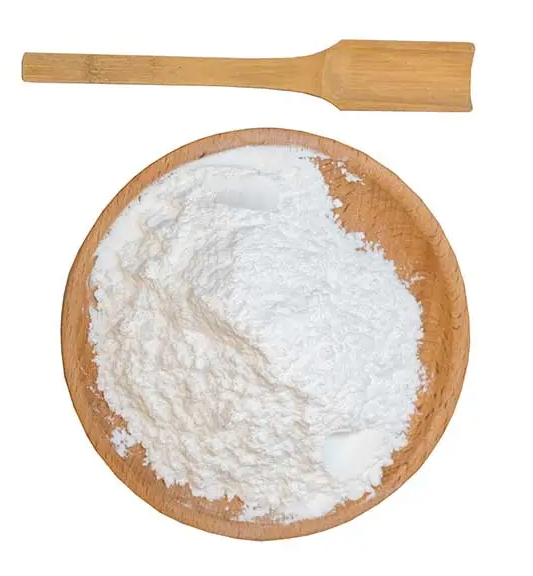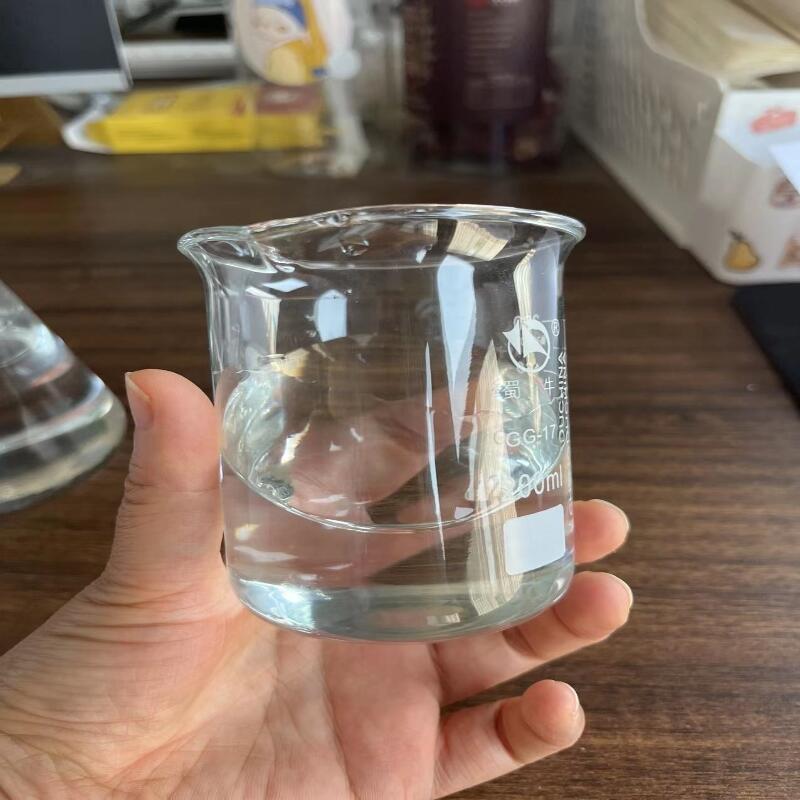-
Categories
-
Pharmaceutical Intermediates
-
Active Pharmaceutical Ingredients
-
Food Additives
- Industrial Coatings
- Agrochemicals
- Dyes and Pigments
- Surfactant
- Flavors and Fragrances
- Chemical Reagents
- Catalyst and Auxiliary
- Natural Products
- Inorganic Chemistry
-
Organic Chemistry
-
Biochemical Engineering
- Analytical Chemistry
-
Cosmetic Ingredient
- Water Treatment Chemical
-
Pharmaceutical Intermediates
Promotion
ECHEMI Mall
Wholesale
Weekly Price
Exhibition
News
-
Trade Service
The safety of Grape, Red Ext.
in the chemical industry is a crucial aspect that needs to be addressed to ensure the well-being of workers and the environment.
Grape, Red Ext.
is a chemical compound widely used in various industries, including the textile, paper, and cosmetic industries.
It is known for its reactive and versatile nature, making it a popular choice for a variety of applications.
However, the production and use of Grape, Red Ext.
have raised concerns about its safety.
There are several reasons why the safety of this chemical is important to be considered in the chemical industry.
Firstly, Grape, Red Ext.
is known to be highly toxic.
Its ingestion, inhalation or contact with the skin can cause severe health problems, including skin irritation, respiratory problems, and even death.
Moreover, it can cause allergic reactions, headaches, and dizziness in some individuals.
The potential health hazards associated with this chemical make it essential to take all necessary precautions to minimize the risks to workers and the environment.
Secondly, Grape, Red Ext.
is highly flammable and explosive in nature.
Its chemical composition makes it prone to ignite or explode if not handled properly.
The potential for fire or explosion in a workplace or storage facility can cause extensive damage to property and equipment, as well as put the lives of workers and surrounding communities at risk.
It is crucial to ensure that workers handling Grape, Red Ext.
are adequately trained in the safe handling and storage of this chemical to minimize the risk of fire or explosion.
Thirdly, Grape, Red Ext.
can have adverse effects on the environment.
Its improper disposal or release into the environment can cause pollution and harm wildlife or ecosystems.
The chemical can also leach into groundwater, posing a risk to the health of people who rely on this water source for drinking or other uses.
Therefore, it is essential to ensure that proper safety measures are in place to prevent the release of Grape, Red Ext.
into the environment and to dispose of it in an environmentally safe manner.
To ensure the safety of workers and the environment, there are several measures that can be taken.
Firstly, workers who handle Grape, Red Ext.
should be adequately trained in its safe handling and storage to minimize the risk of health hazards and accidents.
They should be equipped with the necessary protective gear such as gloves, goggles, and masks to prevent direct contact with the chemical.
Secondly, proper storage and handling facilities should be provided to minimize the risk of fire or explosion.
These facilities should be designed to prevent the accumulation of excess Grape, Red Ext.
and to provide adequate ventilation to prevent the build-up of flammable gases or vapors.
Thirdly, regular safety inspections and audits should be conducted to ensure that all safety measures are being followed and that any potential hazards are being addressed.
These inspections can help identify and address any safety issues before they lead to accidents or injuries.
Lastly, proper disposal procedures should be in place to prevent the release of Grape, Red Ext.
into the environment.
This can be achieved by ensuring that the chemical is disposed of in accordance with local and national regulations and that it is transported and stored in compliance with safety standards.
In conclusion, the safety of Grape, Red Ext.
in the chemical industry is of paramount importance.
Its toxic, flammable, and explosive nature makes it essential to take all necessary precautions to minimize the risks to workers and the environment.
By providing proper training, storage and handling facilities, regular safety inspections, and proper disposal procedures, it is possible to ensuring the safe use of this chemical in the chemical industry.






